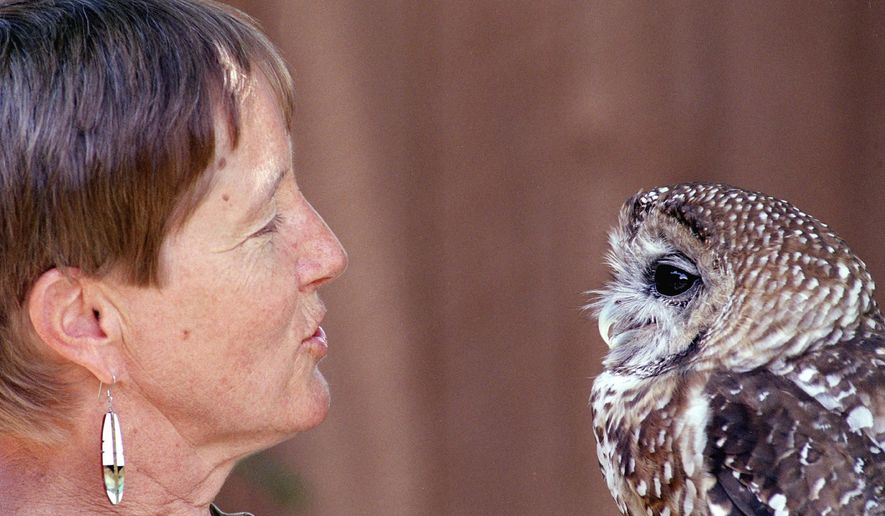ALBUQUERQUE, N.M. (AP) - Environmentalists have reached an agreement with federal land and wildlife managers that will clear the way for forest restoration efforts to resume in the Southwest.
A federal court had issued an injunction last year that limited timber activities and restoration projects on national forest lands in New Mexico and Arizona pending the outcome of a legal battle over the threatened Mexican spotted owl. WildEarth Guardians had accused the U.S. Forest Service of failing to comply with the Endangered Species Act by not regularly monitoring the owl population.
Under the agreement announced Tuesday, federal managers will regularly track population trends through 2025. Surveys also will be done prior to ground-disturbing activities and known owl habitat will be protected.
The agreement, which still must be approved by a federal judge, will apply to all 11 national forests in the two states.
“This agreement provides a framework for the Forest Service to better protect national forests and Mexican spotted owls,” John Horning, the group’s executive director, said in a statement. “By agreeing to rigorously monitor species and track habitats, this management framework could be a national model for the Forest Service to protect and recover threatened and endangered species.”
Acting Regional Forester Sandy Watts said the agreement along with the creation of the Mexican spotted owl leadership forum will increase communication, transparency and coordination when it comes to forest health and wildlife conservation projects.
Staff with the regional office will work with local businesses on plans to resume activities on national forest lands.
“The affected forests are eager to resume work on the ground, demonstrating our commitment to conducting sustainable restoration projects in a way that benefits all,” Watts said.
The agreement contains several provisions, including securing funding for population monitoring and conducting research to better understand the effects of thinning and prescribed burning on owl populations. Data also will be shared to boost conservation of the species.
The resolution comes after months of negotiations. It follows another agreement that was reached over the summer with the Center for Biological Diversity that included a set of recommendations and other provisions aimed at protecting the owl while allowing forest thinning projects to move forward.
Owl habitat represents about 6% of the more than 1,400 square miles (3,626 square kilometers) of forest that are undergoing thinning and restoration treatments in the southwest U.S., according to environmentalists.
While the injunction was in place, New Mexico state agencies, local communities and others worked to find other projects for the contractors that were idled by the court’s action. Alternative wood supplies also were found for about three-quarters of manufacturers and commercial firewood operators.
New Mexico State Forester Laura McCarthy said the cooperation over the last year kept the injunction from devastating New Mexico’s forest sector and restoration economy while the parties negotiated.
First listed as threatened in the U.S. in 1993, the Mexican spotted owl is found in Arizona, New Mexico, Colorado, Utah, parts of West Texas and Mexico.




Please read our comment policy before commenting.